Let's talk
Best UX/UI design books every designer should read
Date
Category
UX/UI Design
Hey there…if you are reading this “design note” is because you are passionate about the world of user interface (UI) and user experience (UX) design! Either you are looking to embark on this exciting journey or you have already taken your first steps in the field of UX/UI design, so let me give you “the best knowledge pill” that I would have liked to have been given years ago when I was taking my first steps on this path.
As a professional interface designer with years of industry experience, I’ve been lucky to explore the best practices and design secrets that make apps and websites visually appealing, easy to use, and highly functional. I love to read, but there are only so many hours in a day, so you’ve got to choose your books wisely. With that in mind, I’ve put together a list of my favorite UI design books based on how helpful I found them. I’ve highlighted my top 3 reads and included quick breakdowns of each to help you decide which book is right for your specific needs. These books are like hidden treasures filled with a wealth of information, tips, and strategies to help you craft exceptional digital experiences.
So, grab your coffee, find a comfy spot, and dive into this literary journey that will lead you to excellence in interface design.
My "Top 3" UX/UI design books
I’d suggest reading these first as they cover the essentials: practical UI design tools and fundamentals, the psychology behind an interface, and the business side of persuasion and selling.
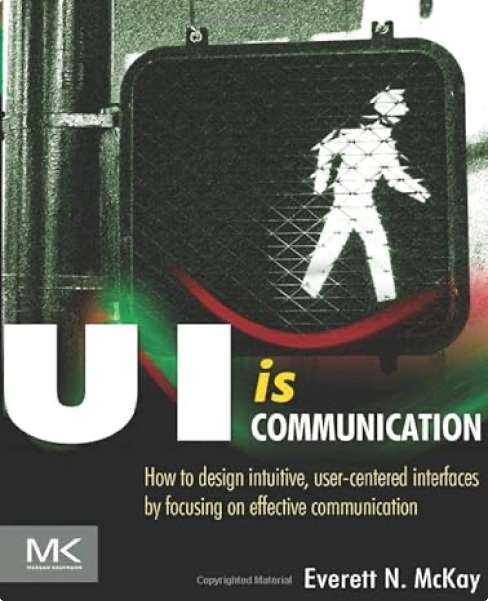
1. UI is Communication
By Everett N McKay
This book is not about detailed theories; instead, it focuses on providing you with the practical tools you need to solve real-life UI design problems. UI design is often seen in a very subjective way, as pretty pixels on a screen. The author’s premise is that it’s not about aesthetics – rather, UI design is actually an objective way to communicate to users. I like how an interface is compared to a conversation. What should it say to the user, how should it say it and when? Simply writing down the conversation between the interface and the user can lay a strong foundation for the UI design. There are plenty of real examples and design makeovers to help you see the concepts in practice, too, which is helpful.
“A great read for designers looking for objective, practical UI design tools to solve real-life problems”.
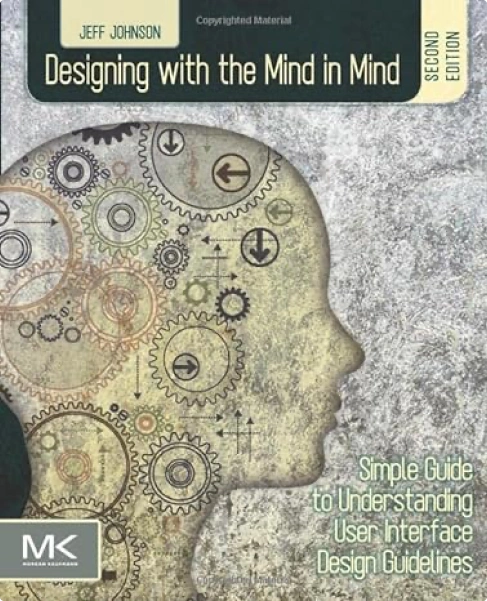
2. Designing with the Mind in Mind
By Jeff Johnson
As a UI designer, it’s important to understand what’s going on in our users’ minds so that we can create the most effective interface for them to use. This book delves into perceptual and cognitive psychology and how we can use it to create better interface designs. The author covers human choice and decision-making, hand-eye coordination, colour and vision, and attention span and memory. You’ll learn a bunch of user interface design rules as well as the science behind them, and you’ll be equipped to use them in your projects.
“For designers who are interested in learning the ‘why’ and psychology behind UI design pattern.

3. Evil by Design
By Chris Nodder
In this fun and clever book, we learn about how psychology is used to design interfaces that persuade us to click that button or to buy that product. Organised into seven chapters (one for each of the seven deadly sins), the book focuses on persuasive design techniques and how they’re used to draw customers in, build confidence and convince them to buy products and services. The author cleverly dissects real website examples and shows how they’ve used UI design patterns and human psychology for commercial gain. While some of these design techniques are dark patterns (interfaces aimed at tricking users) that I wouldn’t recommend using on potential customers, others are just clever design that can be helpful to the user. Whether you use this book for good or evil, it’s a fascinating read and you’re sure to learn some new tricks.
“For designers looking to learn the devious art of persuasive design”.
Other great design books that I recommend
Once you’ve read the top 3 books, I’d suggest picking one of the below books based on the area you’re interested in learning more about.
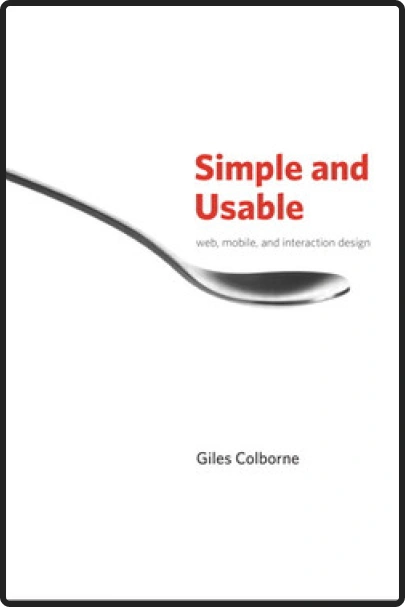
Simple and Usable Web, Mobile, and Interaction Design
By Giles Colborne
The title says it all: this book is a practical guide to achieving simplicity in UI design. The core concepts which are central to achieving simplicity are to remove, organise, hide and displace features and UI elements. It’s a very practical guide that teaches designers to figure out the most important tasks for mainstream users, and make them easy to accomplish while removing non-core features. Organising an interface effectively can also make it feel simpler to use, and the author shares many useful techniques to achieve this. This book is an enjoyable read packed with practical strategies for achieving simplicity in your products.
“For designers looking to learn how to cut back and simplify their designs to the bare essentials”.

Designing Interfaces
By Jenifer Tidwell
This book basically documents hundreds of different UI patterns. Each pattern includes examples of best practices of when, why and how to use that pattern in your interface designs. Experienced UI designers would probably be familiar with most of these UI patterns and examples, but it would be a great resource for those with less experience in UI design. This book isn’t focused on the user experience process as a whole; instead, it takes a more practical look at the many UI patterns used to construct an interface.
“A library of UI design pattern best practices”.
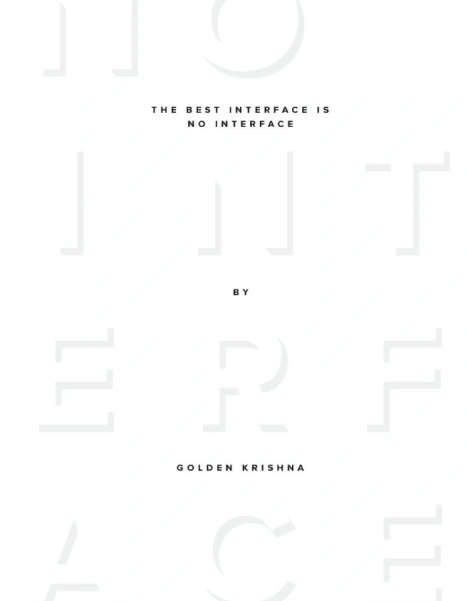
The Best Interface Is No Interface
By Golden Krishna
Krishna is a UX designer and in this book he points out that designing digital products has become all about getting users addicted to looking at their screen, rather than helping them solve their problems or achieve their goals. I’d have to agree that ‘slapping an interface’ onto every idea isn’t a great way to solve the worlds problems. The first half of this entertaining book is about the problems with today’s design thinking. Then, in the second half of the book, he talks about solutions using existing examples (although I would have liked more examples of ‘no UI’). Krishna offers three design principles to design by: Embrace Typical Processes Instead of Screens, Leverage Computers Instead of Serving Them and Adapt to Individuals. A short and thought-provoking read.
“A fun and insightful read encouraging designers to look beyond the screen”.
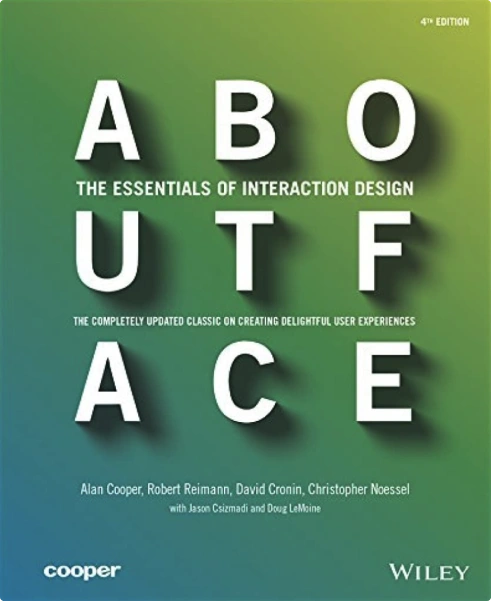
About Face: The Essentials of Interaction Design
By Alan Cooper, Robert Reimann, David Cronin, Christopher Noessel
About Face was one of the books that was instrumental in bringing interaction design into the everyday language of product design and development. It’s a comprehensive guide on interface design and interactions on both web and mobile devices. The book’s main focus is on creating well-behaved products that are a delight to use, and it covers project process, goal-directed design, persona development and interface element best practices. Since the book goes into a lot of detail, I’d recommend reading the first part to get a solid foundation in UI design, then using the rest of it as a go-to resource as needed.
“For designers looking for a comprehensive read about all things interface and interaction design”.
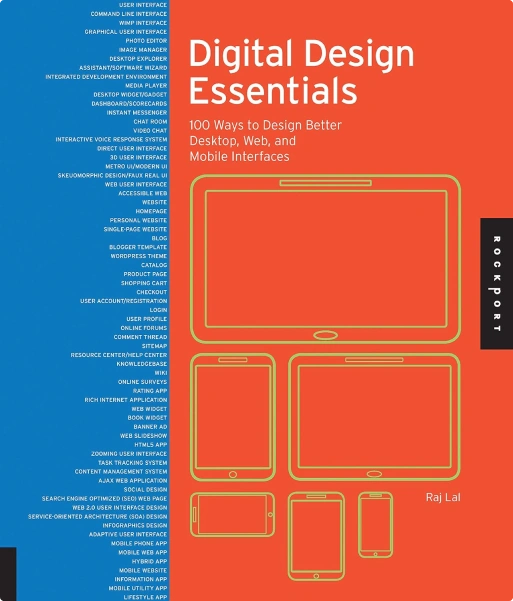
Digital Design Essentials
By Rajesh Lal
Suited to those beginning their UI design career, this book is basically a reference for the many types of interfaces in the digital design space. The book is split into three main sections: desktop, web and mobile interfaces. In each section, the author breaks down UI design patterns into concise chunks that are easy to understand. Each chunk includes a theory section detailing the particular traits of the UI pattern, followed by an example of the UI pattern in action.
“A useful UI design pattern reference for designers getting into the UI design field”.
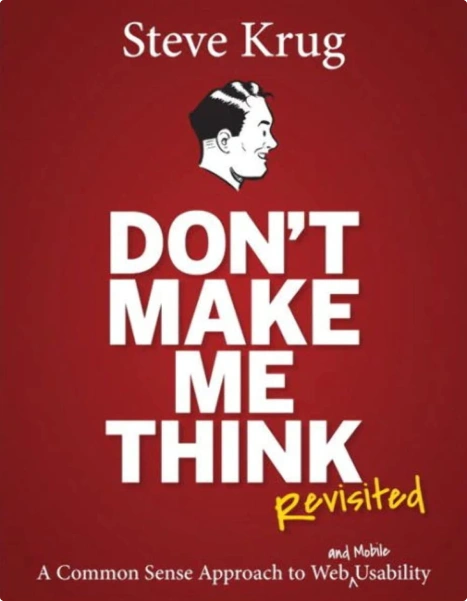
Don’t Make Me Think, Revisited
By Steve Krug
While this isn’t specifically a UI design book, it’s an old usability favourite, and I think it’s a great and quick read for anyone in the UI design industry. The book contains numerous usability rules based on human psychology that will help you design better interfaces for your users. It’s full of examples too, as well as exercises to help you perform user testing on a small budget. As designers, we can sometimes forget the simple things, and this book helps ensure that we get the simple things right first.
“A quick read about the fundamentals of usability that’s a must for any designer”.
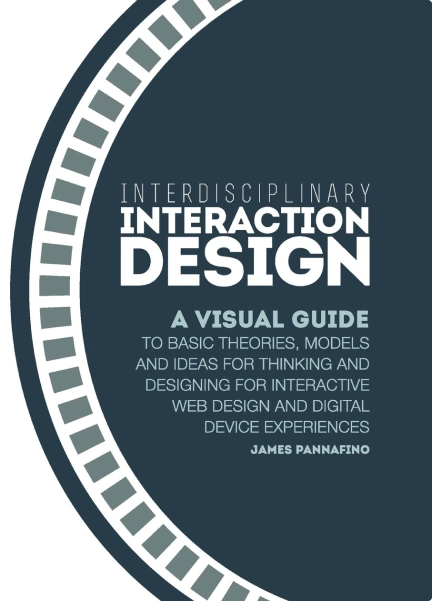
Interdisciplinary Interaction Design
By James Pannafino
This is an introductory-level book that provides a quick reference for interaction design principles and theories. Each page summarises a design principle and gives you a quick introduction to the main concept. As there isn’t enough information provided to give you a full understanding of each concept, once you find a concept you’re interested in you’ll need to find out more about it from external sources. Some of the design concepts covered include the Pareto principle, personas, principle of least effort, sequence-mapping and affordances. This book basically provides an introductory, high-level view of some of the main interaction design concepts, and won’t be of much use to more advanced designers looking for an in-depth understanding.
“A quick and simple reference guide for those new to the design field”.